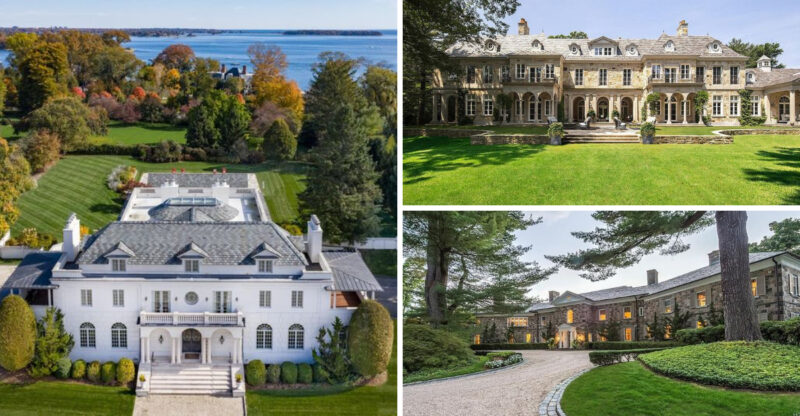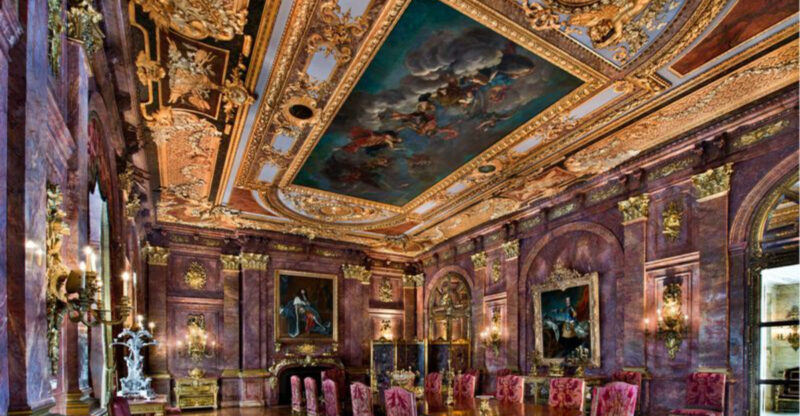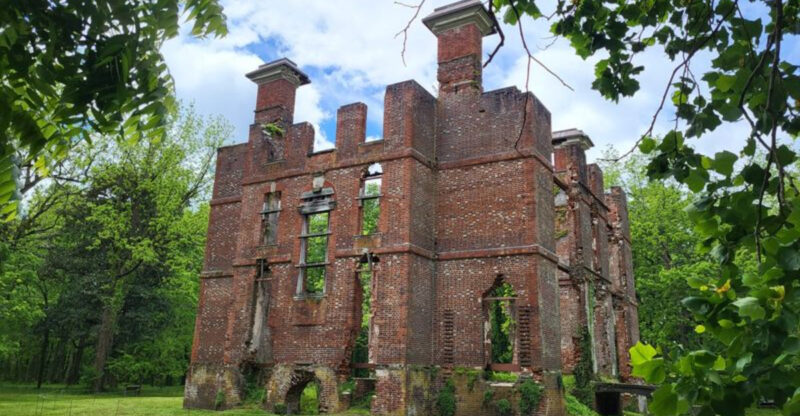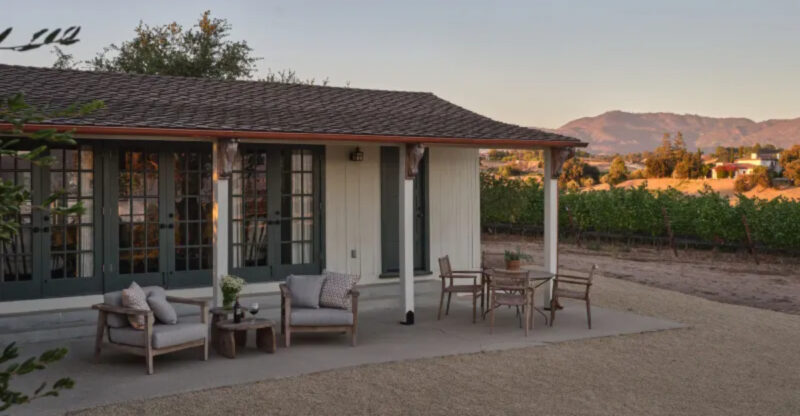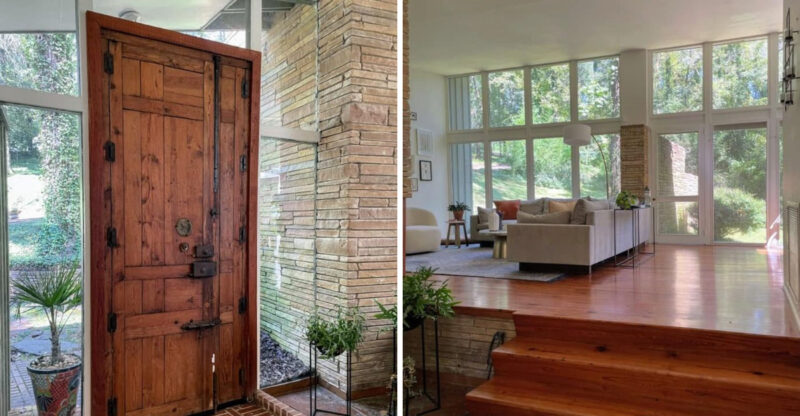Maryland Colonial Farmhouses With Timeless Character
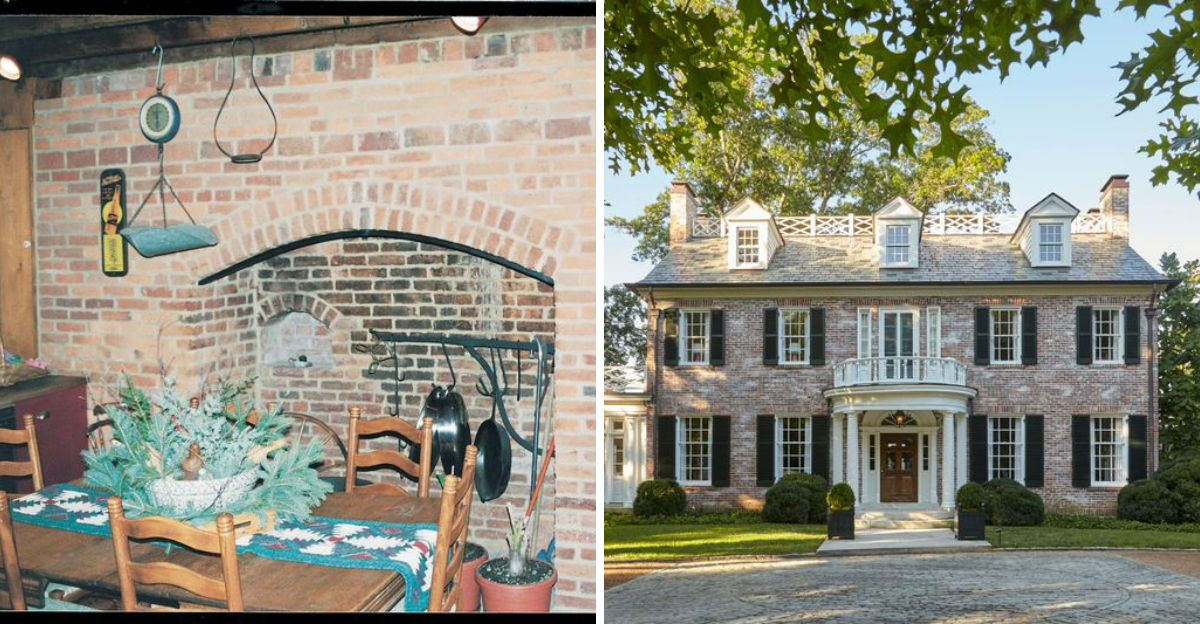
Maryland’s countryside hides architectural treasures that tell stories of America’s early days. Colonial farmhouses dot the landscape, showcasing craftsmanship and design elements that have stood the test of time.
These historic homes blend practical farming needs with elegant details, creating spaces that feel both functional and beautiful even centuries after they were built.
1. Stone Foundations That Weather Centuries
Local fieldstone forms the backbone of Maryland’s most enduring colonial farmhouses. Farmers gathered these stones while clearing fields, creating foundations that have withstood hundreds of years of seasonal changes. The varying colors – from soft grays to warm browns – create a natural beauty that modern materials simply can’t replicate.
Many surviving homes feature stone walls up to two feet thick, providing natural insulation against Maryland’s hot summers and cold winters. These sturdy structures required no mortar, just skilled masons who understood how to fit irregular stones together like puzzle pieces.
2. Hand-Hewn Timber Frames With Character
Running your hand across a beam in a Maryland colonial farmhouse reveals history through touch. Axe marks from skilled craftsmen who shaped each timber by hand create distinctive patterns that tell stories of colonial workmanship. These frames were typically constructed from native oak or chestnut harvested from the property.
Exposed beams showcase mortise and tenon joinery, held together with wooden pegs rather than nails. The framework follows traditional English designs but adapted to Maryland’s climate and available materials. Some frames still bear carpenter marks – a numbering system that guided assembly like an early IKEA instruction set.
3. Central Chimneys Anchoring Family Life
At the heart of many colonial Maryland farmhouses stands a massive central chimney – a practical feature that evolved into a defining architectural element. These structures often served multiple fireplaces on different floors, efficiently heating the entire home with a single chimney mass. Cooking hearths in the kitchen featured iron cranes for hanging pots and built-in bread ovens.
Families gathered around these fireplaces during cold winter evenings, making them the social center of the home. The chimney’s brick patterns tell stories of regional styles, with some showcasing decorative bonds or dates marked in contrasting bricks. Careful inspection might reveal small niches built into chimney walls for storing pipes or spices.
4. Symmetrical Facades With Georgian Influence
Front elevations of Maryland’s finest colonial farmhouses follow the balanced proportions of Georgian architecture. Windows align perfectly across the facade with a centered front door, creating a sense of harmony that feels naturally pleasing to the eye. This design reflects the Enlightenment-era emphasis on order and mathematical precision.
Doorways often feature elegant surrounds with pilasters, pediments, and fanlight windows that let light into central hallways. The most prosperous farmers added decorative touches like dentil molding along the roofline or carved wooden shutters. Despite their formal appearance, these homes maintained practical farmhouse layouts inside, balancing beauty with the demands of agricultural life.
5. Original Hardwood Floors With Centuries of Patina
Wide-plank floors made from heart pine, oak, or chestnut create a warm foundation in Maryland’s colonial farmhouses. Unlike modern narrow boards, these planks often measure 12-24 inches wide, cut from old-growth trees that no longer exist in the region. Years of footsteps, beeswax polishing, and sunlight have created a rich patina impossible to replicate artificially.
Look closely to spot hand-forged square nails or wooden pegs securing the boards. Subtle undulations in the surface tell stories of generations who walked these same paths. Some homes preserve original floorboards that show wear patterns around hearths or doorways – physical evidence of how families moved through these spaces hundreds of years ago.

